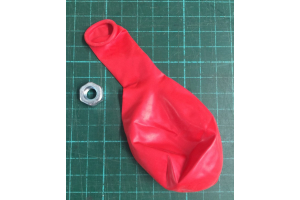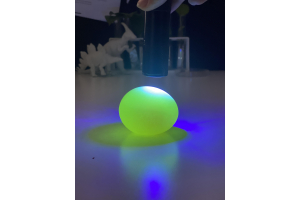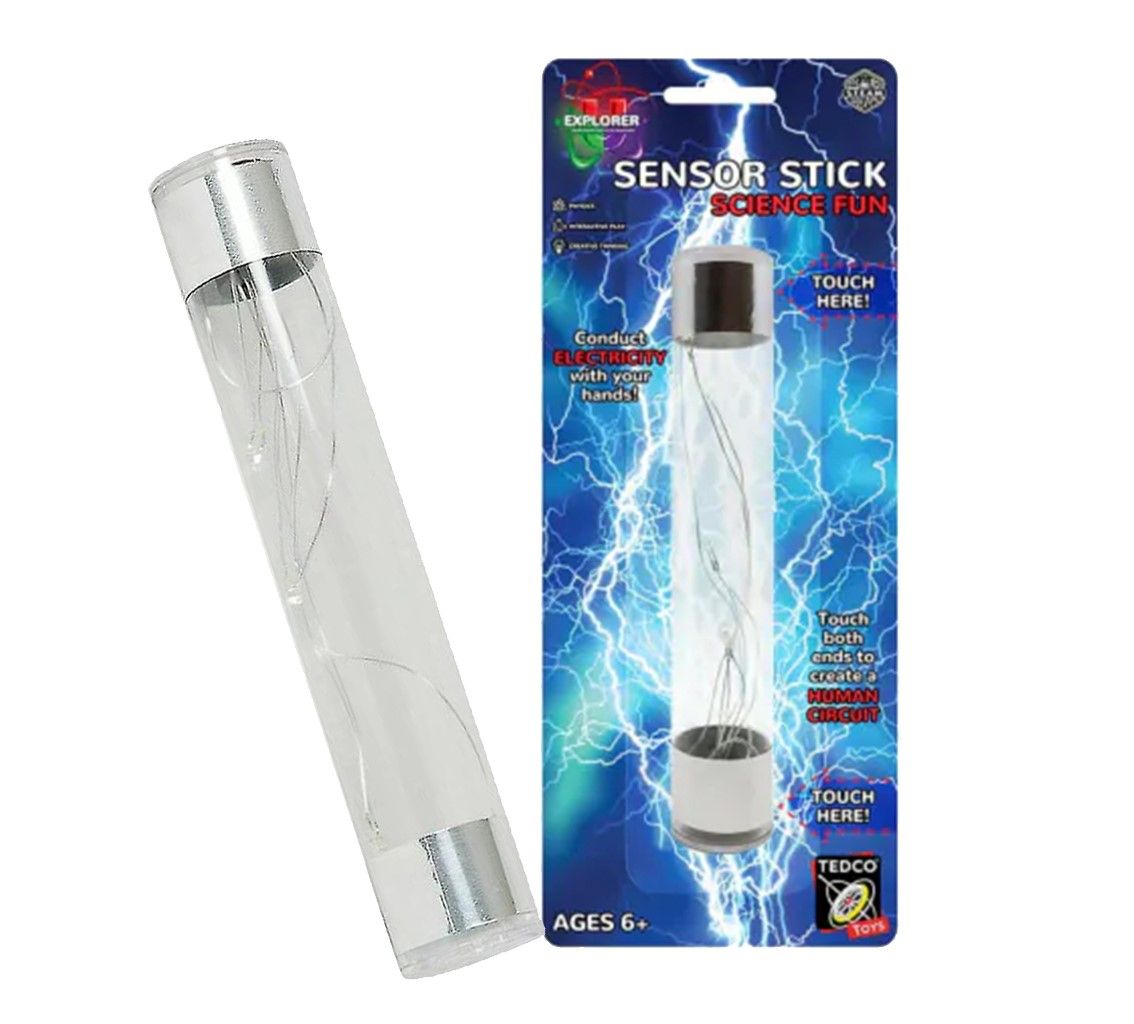Grow Bacteria On Homemade Agar Plates
Posted:
July 26, 2017
Categories:
Mini Beasts
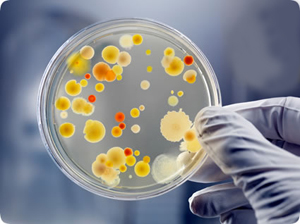
Grow Bacteria On Homemade Agar Plates
Make your own agar Petri dishes and grow bacterial colonies. Youll be amazed at the diversity of bacteria around us all the time.
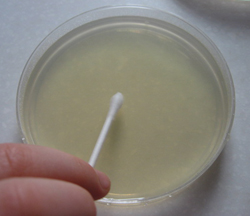
Suitable for kids aged 8+ with parental supervisionCAUTIONThis science activity involves the use of boiling water. Hot water must only be handled by an adult.
You Need:
- teaspoon of beef stock powder
- cup of water
- 1 teaspoon of sugar
- 1 teaspoon of gelatin
- Saucepan for boiling mixture
- 2 x Petri dishes
- Spoon
- Sticky tape
- Felt-tip pen to label petri dishes
- Cotton swab (optional)
- 35 to 37oC incubator (optional) oven, warm spot behind fridge, near a heater, box with a desk lamp inside or on top.
What to do:
- Pour the water into the saucepan and bring to the boil.
- Add beef stock powder, sugar and gelatin to the boiling water and stir for a minute until all the ingredients have dissolved.
- Cool your new agar mixture slightly for 10 minutes. The mixture needs to be still hot to avoid the gelatin setting in the saucepan and to prevent contamination from bacteria in the air. The conditions are far from sterile, but you want to avoid as much contamination as possible.
- Take the lid off the Petri dishes and have an adult half-fill the petri dish with the hot mixture. Only take the lid off the petri dish when you are ready to pour your agar, or they will become contaminated with the bacteria in the air.
- Immediately put the lid back on the Petri dish and put it in the fridge for about 4 hours until the agar has set. Do not touch the agar or you will contaminate it with bacteria on your fingers.
- Now its time to collect and grow your bacteria (or fungi) on the agar Petri dishes. Note: the Petri dishes can be stored in the fridge for 1-2 days before use.
- Bacteria is not hard to collect because it is everywhere. Try exposing one plate to the air in your house or classroom, and the other to the air in your backyard or playground. Touch one with your thumb and the other with a piece of hair. Add the scrapings from your finger nail, or touch with a piece of grass or dirty tissue. If you have some cotton swabs - using a clean one each time - run it along things like the inside of your mouth, your hands, the door handle, mobile phone, computer keyboard, and then rub it lightly across the agar in a zig-zag pattern.
- Put the lids back on the Petri dishes, label them, tape them closed and place them upside down in your make-do incubator (if you have one) for 1 to 2 days. If you dont have an incubator, leave the plates at room temperature for 3-5 days.
- Although your grown bacteria colonies and fungi is likely to be harmless, just as a precaution, do not open your sealed Petri dishes. Dispose of the entire sealed plate in the bin.

Why is it so?
Bacteria are so tiny they cant be seen with the naked eye, and often millions of bacteria are condensed in a small spot. Growing bacteria in a nutrient agar plate is a great way to see bacteria because each one becomes a colony of thousands of bacteria. The agar serves as food for the bacteria. Growing bacteria can be tricky so dont give up if your first couple of attempts fail. Once you have them growing, count the number of colonies and note the differences in colour, shape and other properties. Did you find more bacteria on the bathroom sink or on the computer keyboard? Try adding a drop of hand sanitizer or the like to the middle of your growing plate. Does this make a difference to the number of colonies and type of growth in this area of the plate? Do washed hands have less bacteria than unwashed hands?


